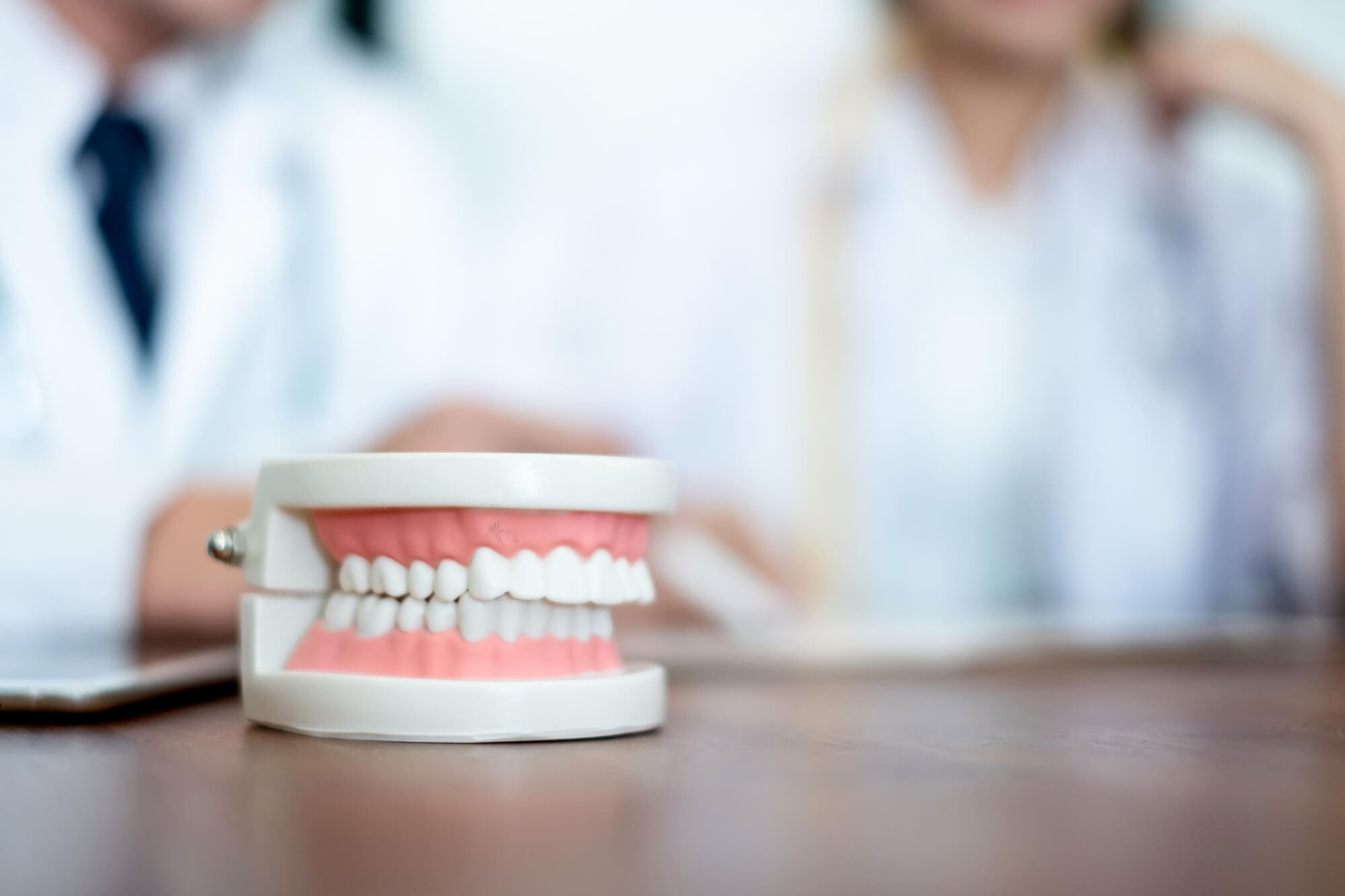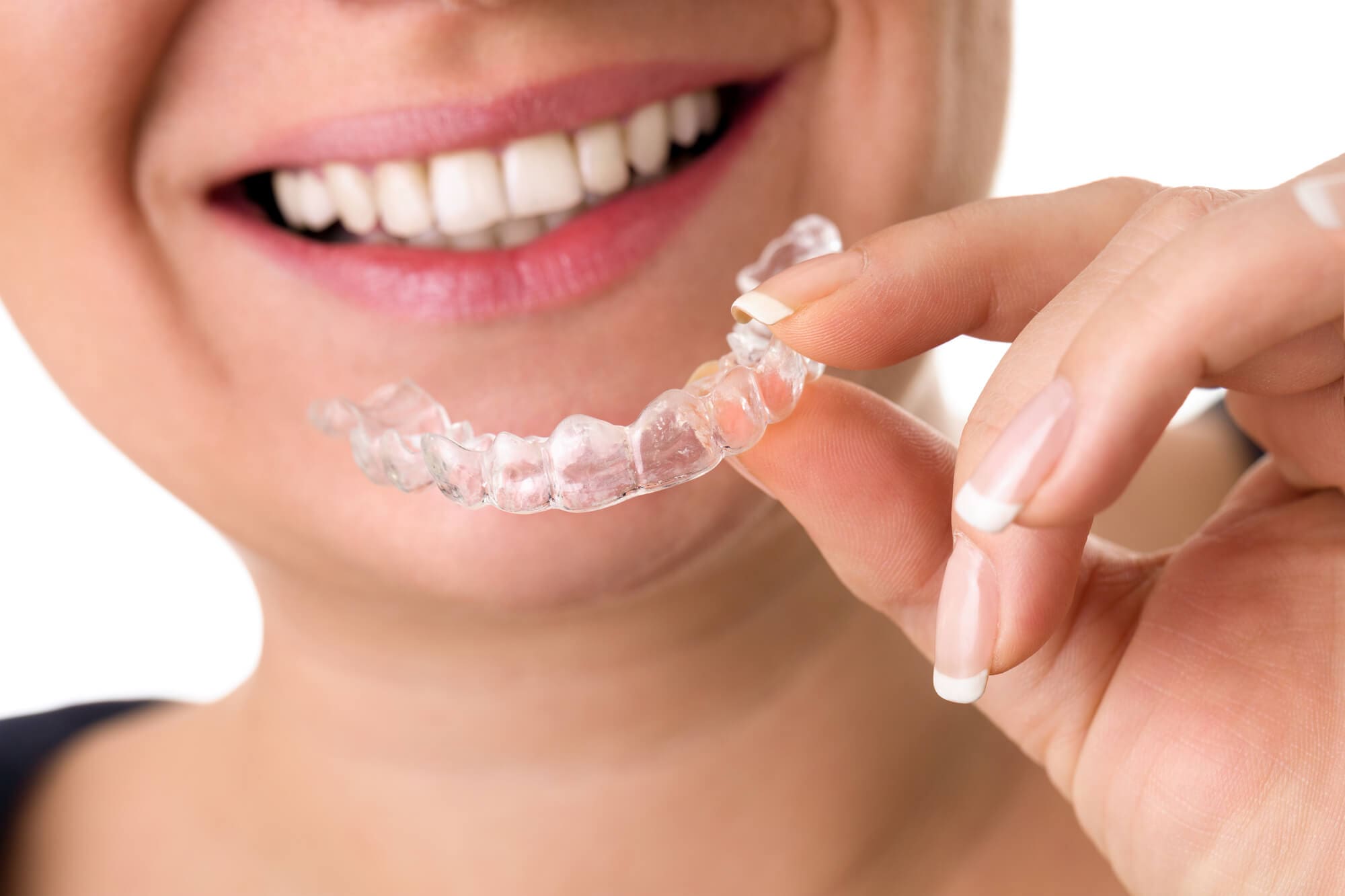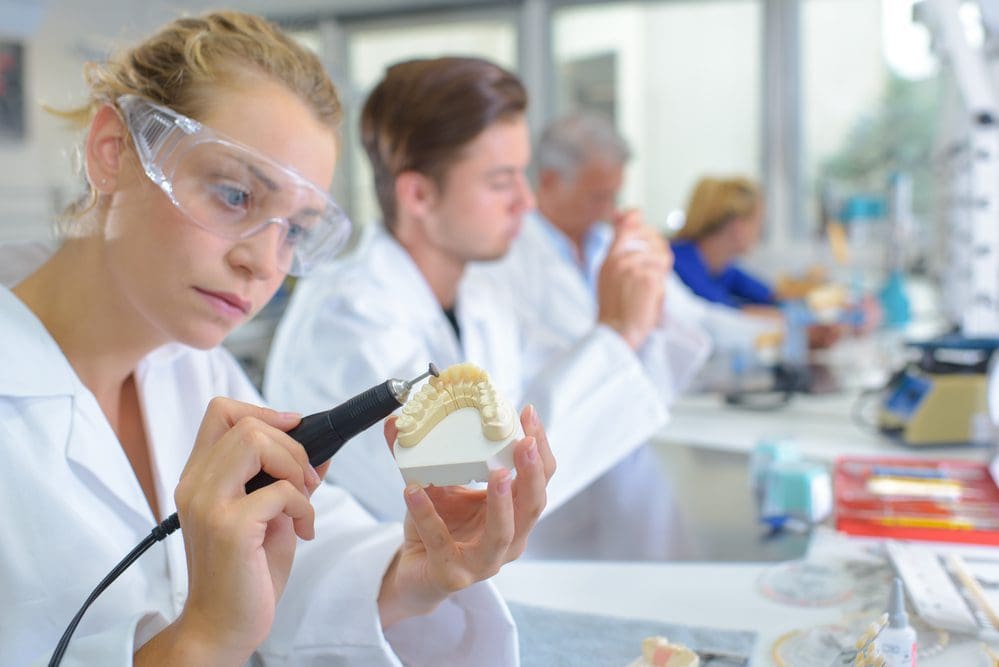Posted on July 19, 2023
Orthodontics is a branch of dentistry that deals with correcting dental and facial irregularities. As technology advances rapidly, what does the future of orthodontics look like? What new technologies and treatments will emerge?
Orthodontics has evolved significantly over the years. From traditional metal braces to clear aligners, the field has come a long way.
With the emergence of new technologies, it’s not hard to imagine where orthodontics is headed. The orthodontic industry is constantly evolving, and new innovations are always on the horizon.
In this article, we will explore the future of orthodontics, its predictions, and its innovations. We will take a closer look at the emerging technologies in orthodontics that are set to revolutionize the field, the impact of personalized medicine, and the role of Artificial Intelligence in improving Orthodontic care.
Join us on a journey to discover the future of orthodontics and what we can expect from this exciting field.
Orthodontics is the field of dentistry that focuses on the alignment of teeth and jaws. Currently, it is experiencing significant advancements in technology and techniques.
Traditional braces are still commonly used, but there are now alternatives such as clear aligners and lingual braces.
Digital orthodontics has revolutionized treatment planning with the use of 3D imaging and computer-aided design. As a result of these advancements, orthodontic treatment has become more efficient, comfortable, and accessible to patients.
The future looks bright for the field of orthodontics, with continued innovation expected to improve the patient experience even further.
Orthodontic treatments have come a long way over the years, with advancements in technology and innovation leading to newer forms of treatment options.
While traditional treatments such as braces have been the norm for many years, newer options like clear aligners have gained popularity in recent times.
Both traditional and newer treatments come with their own set of advantages and disadvantages. Here’s a closer look at what they are.

Orthodontics has come a long way since its inception in the 18th century with various advancements in technology and treatment methods.
With new innovations and technology, the future of orthodontics looks promising. Here are some predictions for the future of orthodontics:
In the rapidly evolving field of orthodontics, a groundbreaking transformation is underway as digital impressions gradually replace their traditional counterparts.
Leveraging the power of cutting-edge technology, digital impressions utilize intraoral scanners to generate precise three-dimensional representations of teeth, revolutionizing the creation of treatment plans.
Unveiling a plethora of advantages, digital impressions outshine traditional impressions on multiple fronts. By eliminating the need for messy impression materials, they not only save valuable time but also spare patients the discomfort associated with traditional techniques.
Moreover, their unparalleled accuracy ensures that orthodontists can obtain highly detailed and reliable data for treatment planning, thereby enhancing patient outcomes.
Looking ahead, the future of orthodontics holds a promising shift toward the widespread adoption of digital impressions.
As technology continues to advance, these digital marvels will become increasingly commonplace, revolutionizing the orthodontic landscape and empowering practitioners to provide unparalleled care.
The use of 3D printing in orthodontics has already begun, and it has the potential to revolutionize the field.
3D printing can be used to print orthodontic models, aligners, and retainers, all customized to fit a patient’s specific needs. 3D printing eliminates the need for manual labor, reduces the risk of human error, and allows for faster turnaround times.
With advancements in technology, personalized treatment plans will become more common in orthodontics. A patient’s genetics, age, and lifestyle will be taken into consideration when creating a treatment plan.
With more precise treatment plans, patients will experience faster treatment times and more favorable outcomes.
Artificial intelligence (AI) is already being used in orthodontics to help diagnose and create treatment plans. In the future, AI will become even more prevalent in orthodontics. AI can be used to analyze patient data, predict treatment outcomes and identify potential problems before they occur.
Virtual reality (VR) is already being used in orthodontics to help patients visualize their treatment plans.
In the future, VR will become more prominent in orthodontics, allowing patients to experience their treatment plan before it even begins. VR will also improve patient communication, as patients will have a better understanding of their treatment and what to expect.
Orthodontics has come a long way over the years, and there have been some very exciting innovations that have revolutionized the field. From 3D printing to clear aligners, there are now more options than ever to straighten teeth and improve dental health.
Here are some of the latest innovations in orthodontics:

One of the most exciting developments in orthodontics is the use of 3D printing technology. With this technology, orthodontists can create custom-made orthodontic devices, such as braces, that perfectly fit a patient’s teeth.
This not only makes the process more comfortable for patients but also reduces the amount of time needed for adjustments.
Clear aligners are a popular alternative to traditional braces. These aligners are made from clear plastic and are custom-fit to a patient’s teeth.
They are virtually invisible, making them a great option for people who don’t want to wear traditional braces. They are also removable, which makes eating and cleaning your teeth much easier.
Smart braces are braces that have sensors embedded in them to monitor a patient’s progress. This technology allows orthodontists to track a patient’s treatment and make adjustments as needed.
Smart braces can also send alerts to patients if they forget to wear their appliance or if they need to schedule an appointment.
Accelerated orthodontics is a process that speeds up the movement of teeth. This can be done through various methods, such as the use of special braces or the application of micro-perforations to the teeth.
Accelerated orthodontics can reduce the amount of time needed for treatment by up to 50 percent.
Traditional impressions involve the use of messy, putty-like material to create a mold of a patient’s teeth. With digital impressions, a special camera is used to create a 3D model of the teeth. This process is faster, more accurate, and less messy than traditional impressions.
The innovations in orthodontics have transformed the field and provided new options for patients looking to straighten their teeth and improve their oral health.
With 3D printing, clear aligners, smart braces, accelerated orthodontics, and digital impressions, patients can now choose from an array of options that are comfortable, effective, and convenient.
These innovations have made orthodontic treatment more accessible and have helped to improve the lives of millions of people around the world.
Orthodontics, the field dedicated to transforming smiles and enhancing dental health, is poised for an exciting future brimming with remarkable advancements.
As technology continues to push boundaries, orthodontic practices are embracing groundbreaking techniques and state-of-the-art equipment, propelling the industry into a new era of exceptional care.
Through the integration of digital impressions, sophisticated treatment planning software, and advanced orthodontic appliances, the future of orthodontics holds immense promise.
Patients can look forward to faster, more precise treatments, reduced discomfort, and enhanced aesthetics. Orthodontists, on the other hand, are equipped with powerful tools to tailor treatment plans, monitor progress with precision, and deliver optimal results.
With OrthoSynetics as your trusted partner, the future of your orthodontic practice is brighter than ever.
By leveraging our expertise and proven strategies, you can unlock the full potential of your practice, attract more patients, and achieve sustainable growth. Contact us today for more information!
